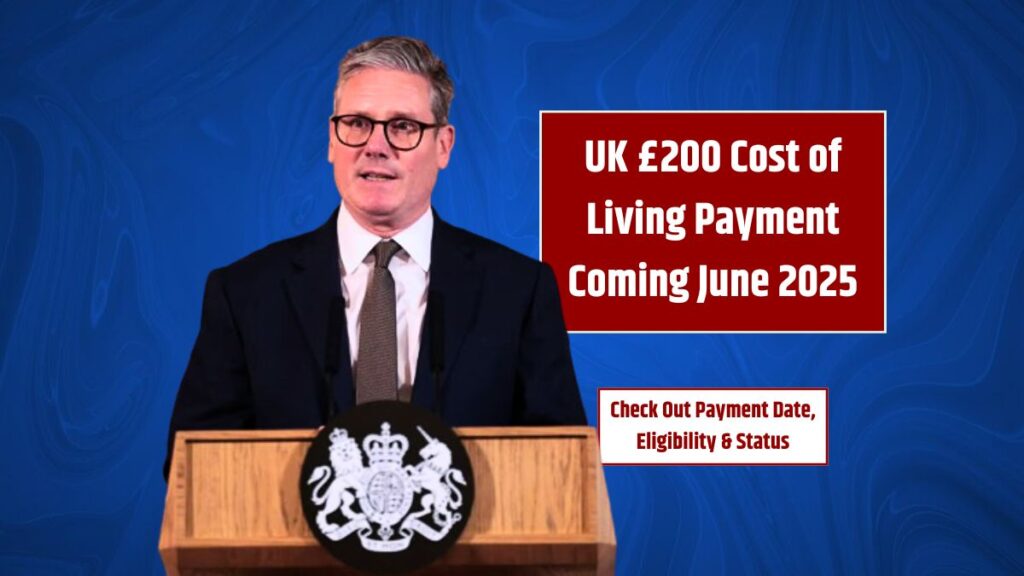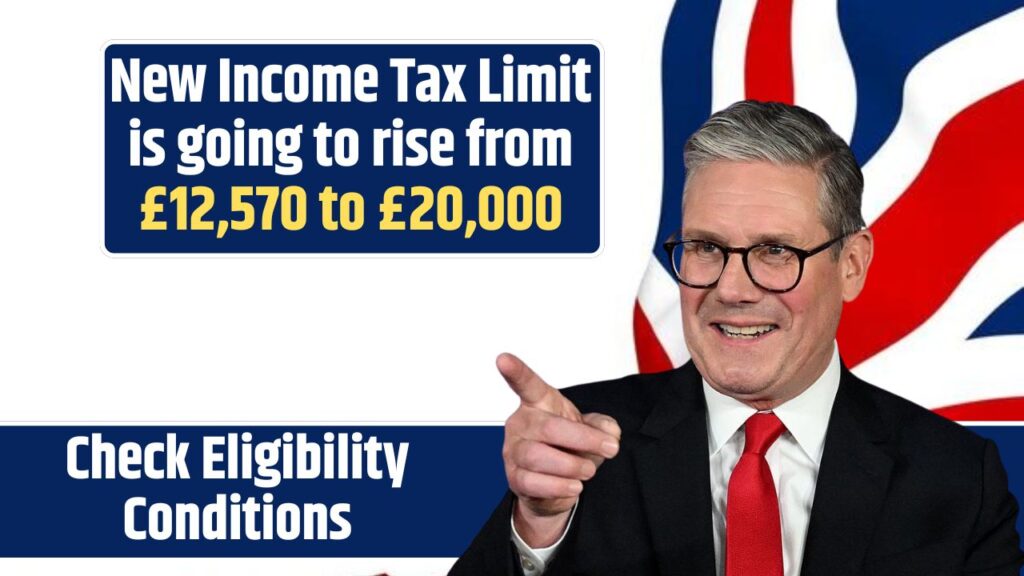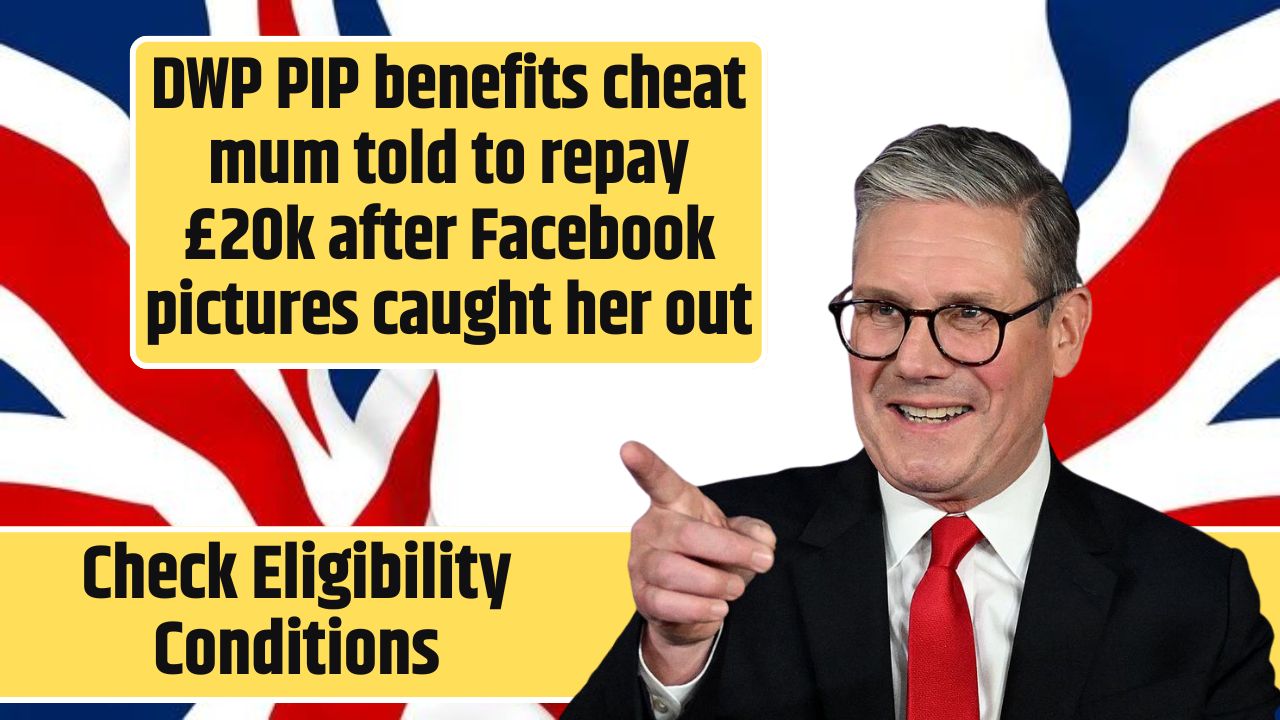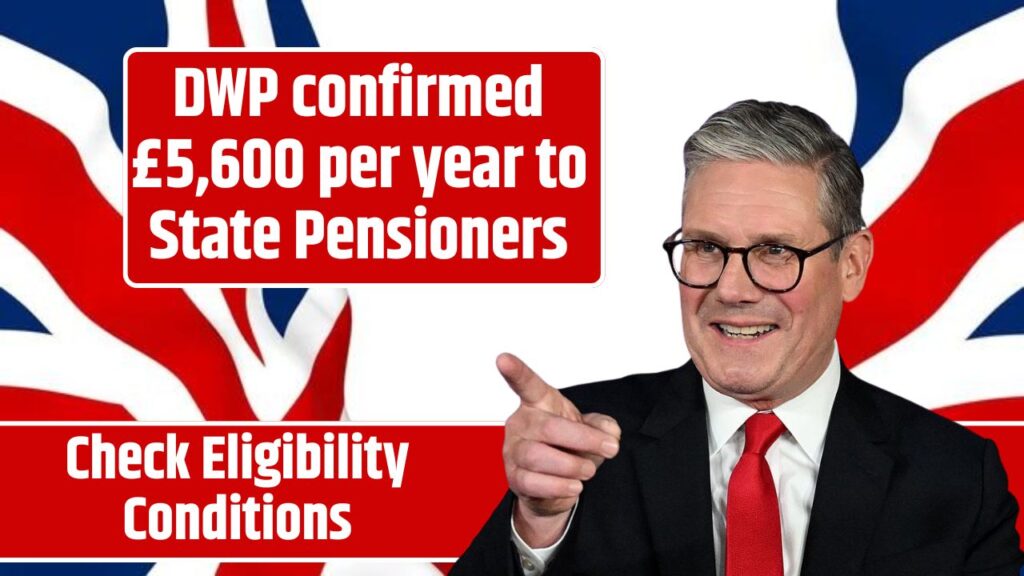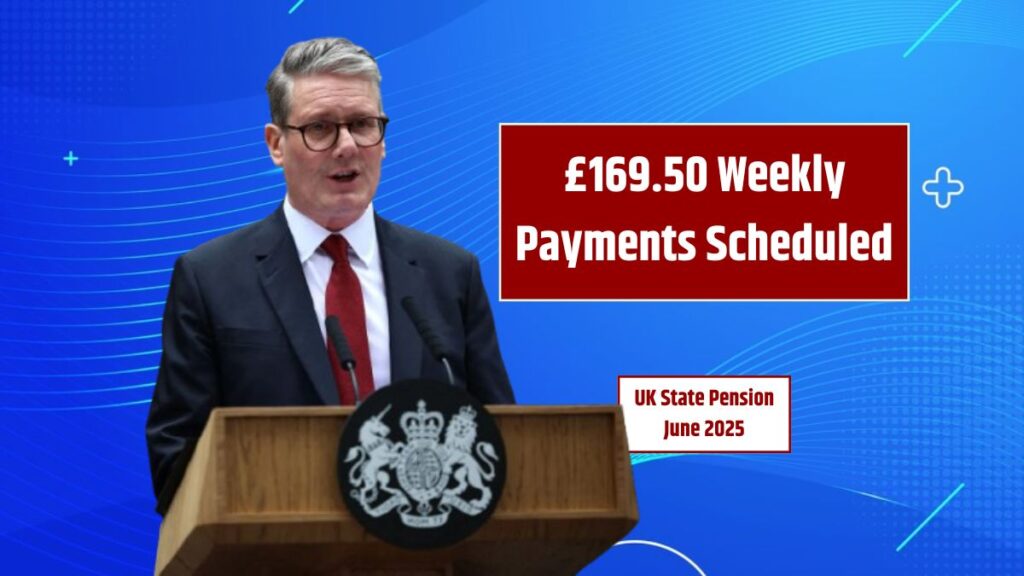If you’ve ever delivered for Amazon Flex between 2016 and 2021, some long-overdue money might finally be coming your way.
In May 2025, Amazon announced updates regarding the $60 million settlement meant to resolve claims that the company misclassified its Flex drivers as independent contractors.
This lawsuit has been years in the making, and now thousands of drivers across the country are set to receive payments starting June 2025.
Let’s break down what this settlement means, who’s eligible, how payments are being calculated, and why this case could shape the future of gig work in the U.S.
Background
The lawsuit against Amazon Flex centered on a big issue: worker classification. Flex drivers claimed they were treated like employees—following schedules, using Amazon’s routing apps, and meeting strict performance standards—without receiving employee benefits or protections.
Instead, they were classified as independent contractors, which meant no overtime, health benefits, or minimum wage guarantees.
After a lengthy legal fight, Amazon agreed to a $60 million settlement fund to compensate eligible drivers.
Distribution Details
So how much will drivers actually receive? Payouts are based on several factors:
- Number of deliveries completed
- Total hours worked
- Region or market where deliveries were made
This data was pulled from Amazon’s internal logs and used to calculate each driver’s share of the settlement.
Here’s a quick summary of the distribution plan:
| Category | Details |
|---|---|
| Total Settlement Fund | $60 Million |
| Eligible Delivery Period | 2016 – 2021 |
| Estimated Payment Start | June 2025 |
| Payment Methods | Direct Deposit / Mailed Check |
| Factors Affecting Payout | Delivery Count, Work Hours, Region |
Why It Matters
This isn’t just about money. The settlement highlights ongoing debates about gig economy work and whether companies like Amazon, Uber, and DoorDash should classify their drivers as employees.
Flex drivers argued that even though they were called independent contractors, they had little control over their work schedules and had to meet rigid standards — conditions that resemble traditional employment.
The outcome of this case sets a precedent that could impact other gig platforms and ongoing legal battles in California, New York, Illinois, and beyond.
What Drivers Should Do
If you delivered for Amazon Flex between 2016 and 2021 and didn’t opt out of the class action, you should be receiving payment soon. Here’s what to check:
- Confirm your eligibility — you should’ve received an email or letter.
- Update your banking or mailing information with the settlement administrator if it’s changed.
- Watch your email and bank account in June and July 2025, as some payments might arrive later due to processing delays.
If you believe you’re eligible but haven’t been contacted, visit the official settlement website or reach out to the settlement hotline.
Future Impact
This case might just be the tip of the iceberg. Gig worker rights are a hot topic right now, with states drafting legislation to require gig platforms to offer benefits like health insurance, minimum wage protections, and paid leave.
The Amazon Flex case shows that courts are willing to hold companies accountable for skirting labor laws by hiding behind the independent contractor label.
We might see more cases like this involving Uber, DoorDash, and Instacart in the near future — especially as gig economy jobs continue to expand.
Significant
Amazon’s $60 million Flex driver settlement isn’t just about back pay — it’s about fair treatment in the modern workforce. For drivers, it’s a small but significant win.
And for the broader gig economy, it signals that change might be on the horizon. If you’re an eligible driver, double-check your information and keep a close eye on your inbox and bank account this summer.
FAQs
Who is eligible for the Amazon Flex payout?
Drivers who worked for Amazon Flex between 2016 and 2021.
When will Amazon Flex drivers get paid?
Payments begin in June 2025 via direct deposit or mailed check.
How is the settlement payment amount decided?
Based on deliveries completed, hours worked, and delivery region.
What if I haven’t been contacted about the settlement?
Visit the official settlement website or call the hotline to check status.
Why is this settlement important for gig workers?
It highlights the fight for better rights and benefits for gig economy workers.





